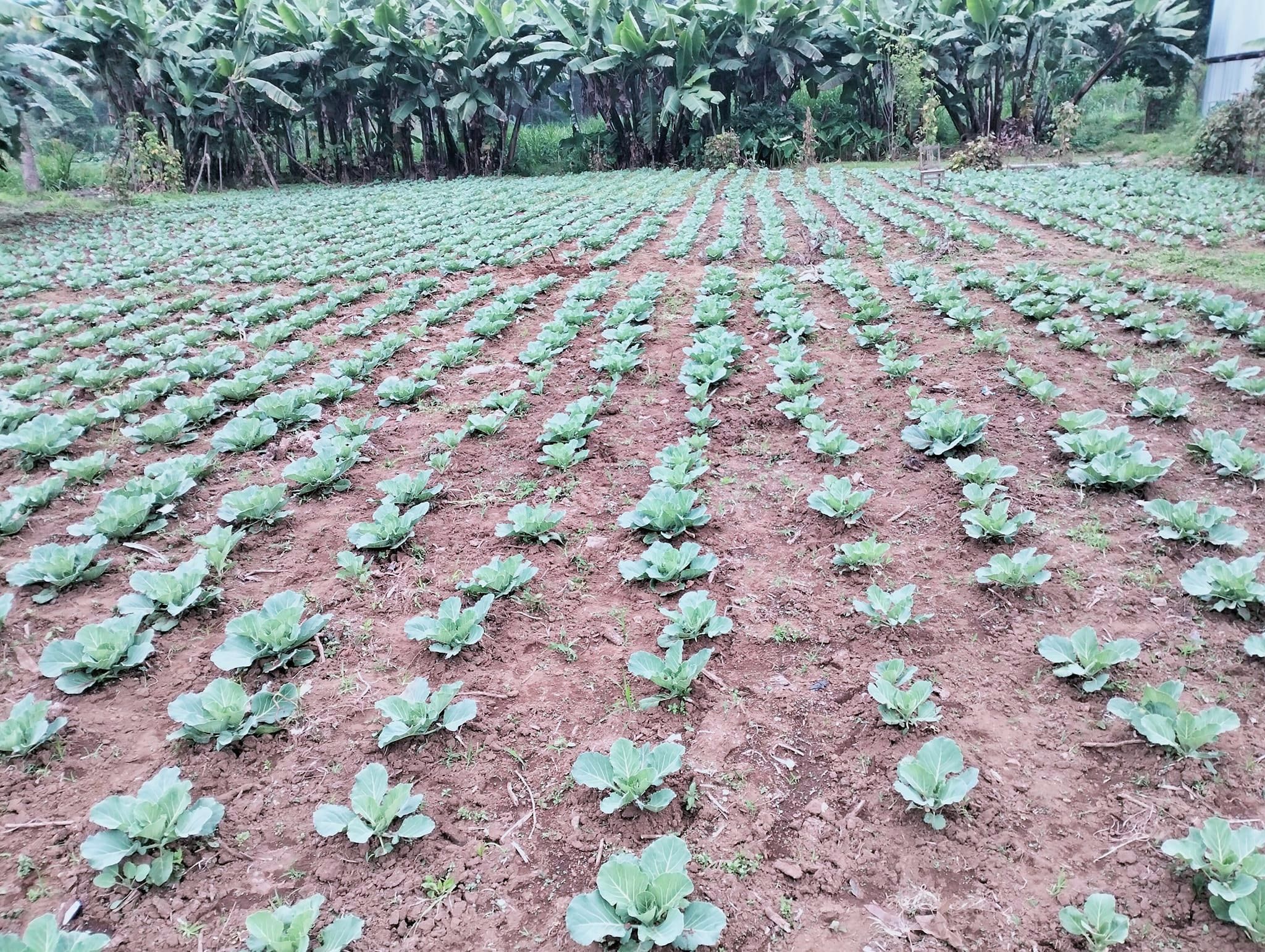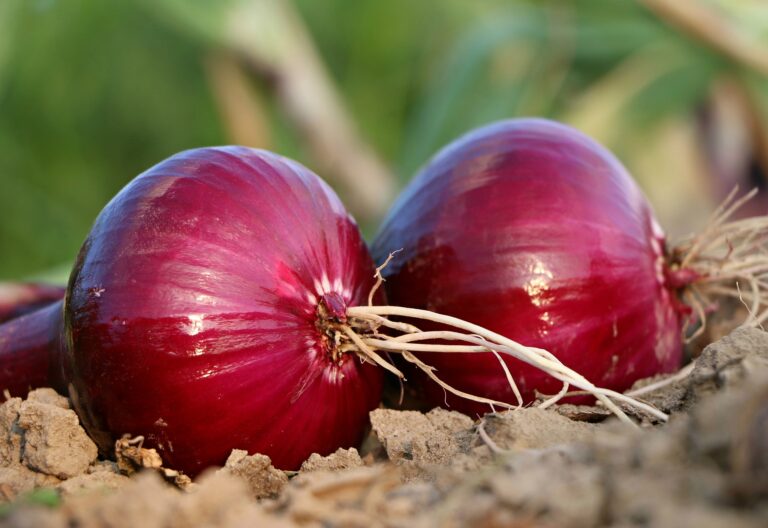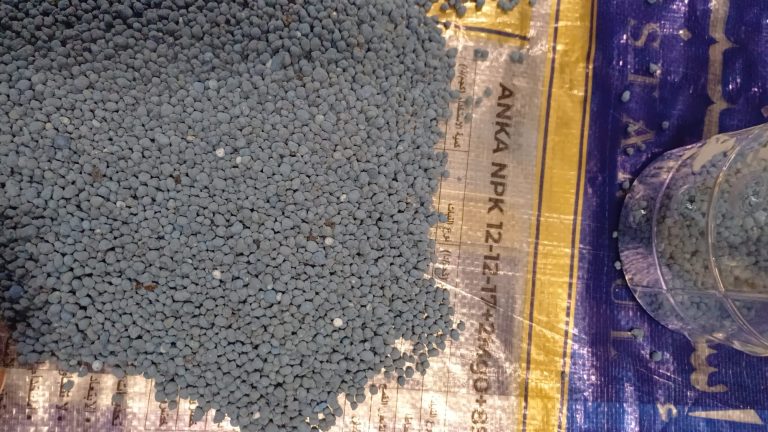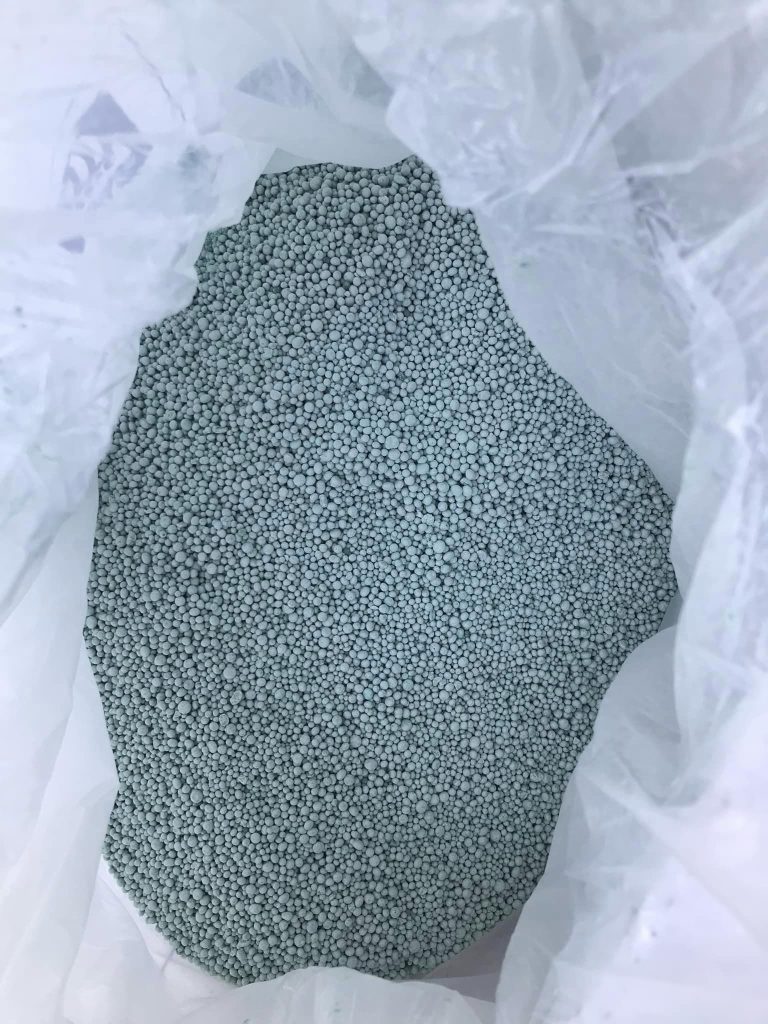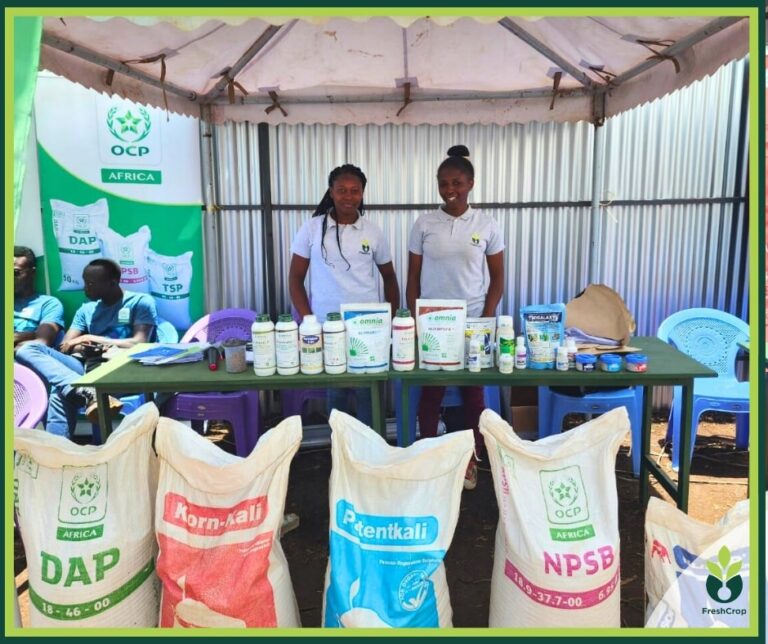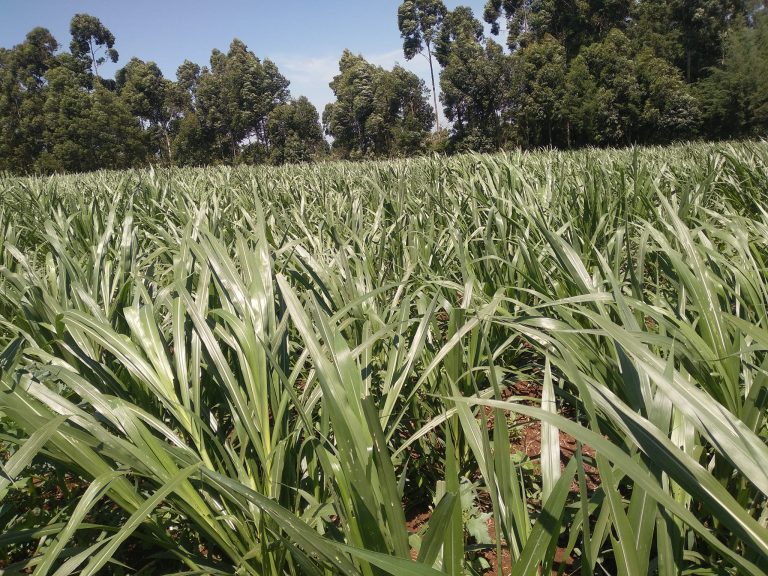Drilling Method of Fertilizer Application
What is Drilling method of fertilizer application?
The drilling method of fertilizer application method involves placing the fertilizer directly into the soil at specific depths and positions relative to the seed or plant roots. It is known for its efficiency and effectiveness in enhancing crop yields.
The drilling method of fertilizer application is a highly efficient and effective way to ensure that plants receive the nutrients they need for optimal growth.
The drilling method is favored for its accuracy in nutrient delivery. It involves using specialized equipment to create small holes or trenches in the soil, where fertilizer is deposited. This method can be applied during planting or in established crops, providing targeted nutrition to the plants.
Equipment Used in Drilling Method
The primary equipment used in the drilling method includes seed drills and fertilizer drills. These machines are designed to precisely place the fertilizer at the required depth and distance from the seeds or roots.
Modern drills are often equipped with GPS technology to ensure uniform application across the field.
Types of Drills
- Single Disc Drills: These are used for lighter soils and provide shallow penetration.
- Double Disc Drills: Suitable for a variety of soil types, these drills offer better penetration and placement accuracy.
- Hoe Drills: These are ideal for heavier soils and provide deep penetration.
Benefits of the Drilling Method
The drilling method offers several advantages over other fertilizer application methods:
Precision
By placing the fertilizer directly into the soil, the drilling method ensures that nutrients are available to the plants right where they are needed. This reduces wastage and increases nutrient use efficiency.
Improved Plant Health
Direct placement of fertilizer minimizes nutrient loss due to runoff or volatilization. This leads to healthier plants with better growth and higher yields.
Cost-Effectiveness
Though the initial investment in drilling equipment may be high, the long-term benefits include reduced fertilizer use and increased crop productivity, making it a cost-effective solution for farmers.
Steps in the Drilling Method
Implementing the drilling method involves several steps:
Soil Preparation
Before drilling, it is essential to prepare the soil. This includes plowing, harrowing, and leveling the field to create a suitable seedbed. Proper soil preparation ensures that the fertilizer is evenly distributed and readily available to the plants.
Calibration of Equipment
Calibrating the drill is crucial to ensure that the correct amount of fertilizer is applied. This involves setting the machine to dispense the appropriate rate of fertilizer based on soil tests and crop requirements.
Drilling Process
During the drilling process, the equipment creates small furrows or holes in the soil. The fertilizer is then deposited into these furrows at the desired depth and distance from the seeds or roots.
Post-Drilling Management
After drilling, it is important to monitor the field for any signs of nutrient deficiency or excess. Regular soil testing and plant tissue analysis can help in making necessary adjustments to the fertilizer program.
